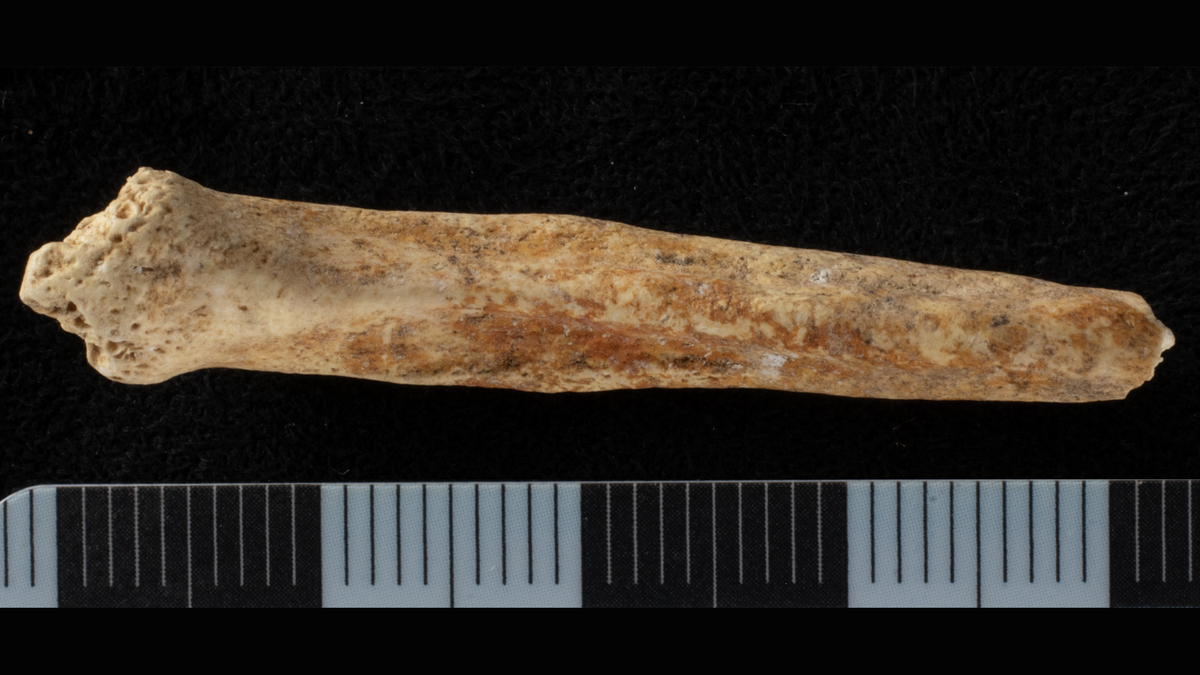Abstract
Astragalus quettensis is described and illustrated as a new species from Hazarganji-Chiltan National Park, near Quetta, Balochistan. The new species is related to Astragalus mirabilis and is characterized by 5–31 mm long tomentose, canescent, linear-lanceolate, folded leaflets in 9–13 pairs with basal leaflets opposite and distal alternate, densely racemose inflorescence or subcapitate with 2–3 flowers lying at the same level, 1–3 cm long, densely covered with off-white spreading hairs, 3.5–5.5 mm long, linear-lanceolate, acuminate, greyish, pilose bracts, 5–13 mm long densely pubescent pedicel with ca. 0.2 mm long, spreading hairs, 9.5–15 mm long densely pubescent calyx with 7.5–12 mm funnel-shaped cup and 2–3 mm long teeth, white and yellowish-green corolla, vexillum 16–23 × 8–12 mm, broadly elliptic, wing 17–21 mm long, keel 18–21 mm long, short-stipitate pubescent legume, 22–26 × 13–18 mm and 3–4 mm long stipe. With regard to the conservation status of the new species, Astragalus quettensis is provisionally assessed as Critically Endangered (CR).
Eudicots, Astragalus, Balochistan, Critically Endangered, Hazarganji-Chiltan National Park, Taxonomy


Astragalus quettensis A. Khan, A. Sultan & Maassoumi, sp. nov.
facebook.com/100064560587743/posts/766380305523982








Leave a Comment